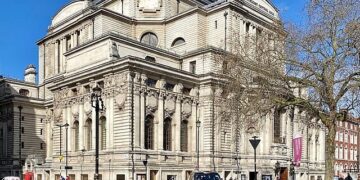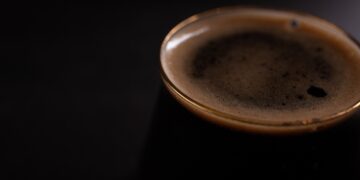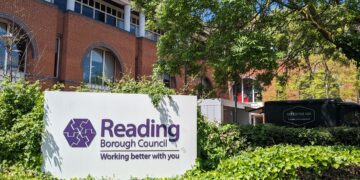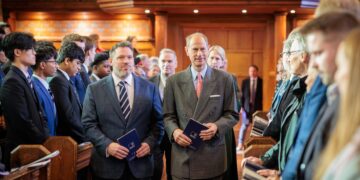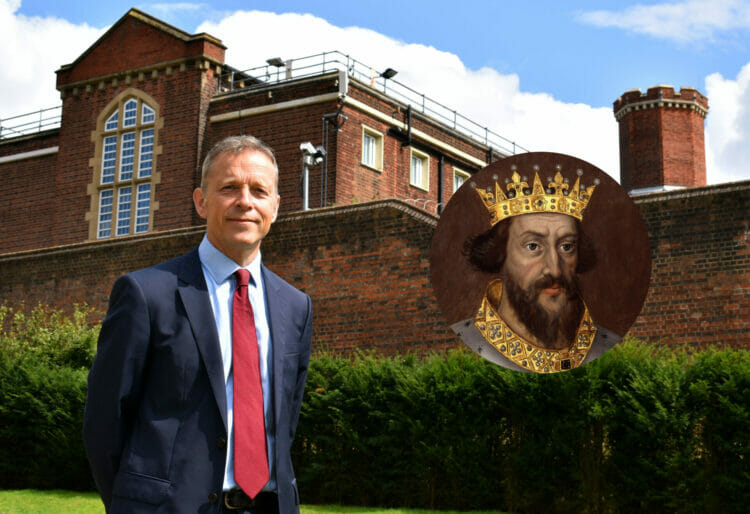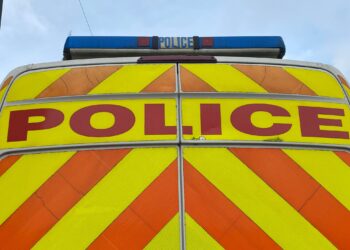READING East MP Matt Rodda has met with a number of historians, including TV’s Philippa Langley, as well as the Friends of Reading Abbey, for fresh discussion about Henry I.
It comes as part of the Hidden Abbey Project, which seeks to highlight the hidden hstory of Reading Abbey and the burial site of its founder, King Henry I.
It is believed that the ruler is buried near the site of the abbey, either under the car park or walls of the nearby gaol, which used to form part of the high altar of the abbey.
Historian Philippa Langley was responsible for the campaign which led to the successful and high-profile discovery of the resting place of Richard III back in 2011.
Richard III was discovered under a car park in Leicester, the former site of Grey Friars Priory, and re-interred at Leicester Cathedral in 2015.
Now Ms Langley is spearheading the research initiative into Reading Abbey, with the project getting underway in earnest in 2016.
It began with a ground-penetrating radar survey of the abbey site, which is set to be followed by archaeological investigation.
King Henry I was buried, according to record, in a stone sarcophagus in front of the high alter in Reading Abbey.
The grave is thought to have been desecrated in 1550 during the dissolution of the monasteries, and likely looted for the purported silver-lined coffin, though this is uncertain.
The radar survey found two objects which seem to resemble sarcophagus burials at what was the most easterly side of the Abbey, which are likely to be the burial sites of King Henry I and Constance of York.
This is one of the main questions the initiative seeks to answer, especially as the altar itself was thought to have been moved west afterwards.
The project stalled due to a general election taking place in 2019 and the Coronavirus pandemic.
It could also see difficulty as a result of the sale of the land under consideration as part of the grounds of Reading Gaol, which looks likely to go ahead at time of writing.
A full excavation of the car park is recommended by a Museum of London Archaeology report published in 2019, and was estimated to cost around £55,000.
Ms Langley has begun a crowdfunding project to raise funds for the works.


